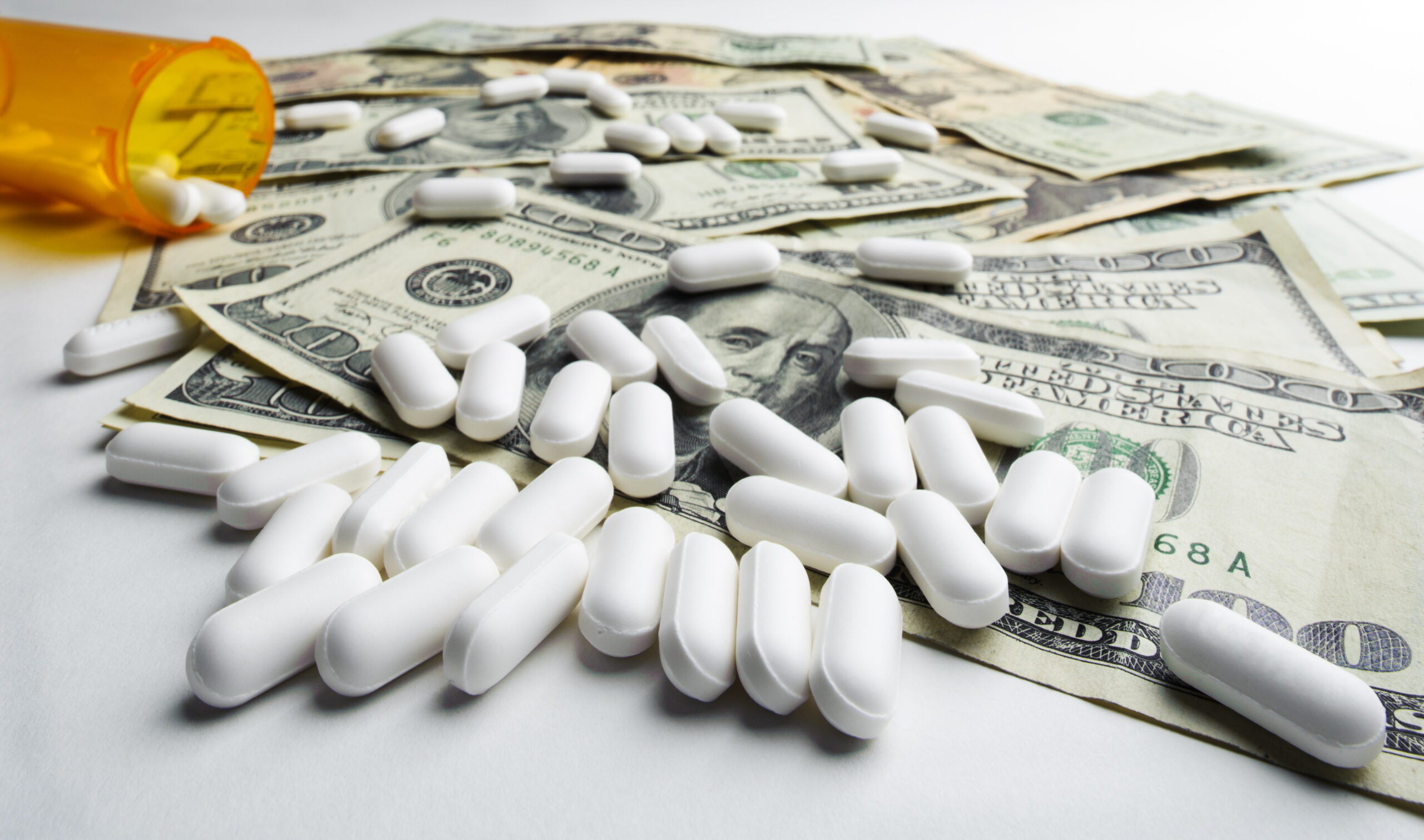© 2024 CSRXP- All Rights Reserved

DOSE OF REALITY: BIG PHARMA BUILDING PATENT THICKETS DISCONNECTED FROM ACTUAL INNOVATION TO CREATE NEW MONOPOLIES ON GLP-1 WEIGHT LOSS DRUGS
Feb 8, 2024
JAMA Analysis Finds Patents for Active Ingredients for Weight Loss Drugs Significantly Lower than for Other Prescription Drugs That Rely on Drug-Device Combinations
A new analysis published in JAMA Network finds that the brand name drug makers marketing a new category of weight loss drugs, glucagon-like peptide 1 (GLP-1) receptor agonists, are increasingly utilizing device patents to build patent thickets around these products to create and elongate periods of monopoly pricing power — despite the drugs effectively being older diabetes medications repackaged for a different indication. In other words, Big Pharma isn’t protecting actual innovation, but gaming the patent system to block competition, keep prices high, and boost profits.
According to the analysis, the number of device patents that are unconnected to active ingredients in these GLP-1 products, garnering significant demand despite high prices, are significantly higher than for other drug categories that rely on drug-device combinations, such as certain kinds of insulin and inhalers.
To conduct the analysis, the authors examined, “all patents listed on GLP-1 receptor agonists using annual editions of the FDA’s Approved Drug Products With Therapeutic Equivalence Evaluations (Orange Book) from 2006 to 2023.” Based on this analysis, the authors found that out of 188 listed patents on these GLP-1 products, “107 [were] device patents (57%) and 81 [were] non-device patents (43%).” Of the device patents the authors examined, none of them “contained claims mentioning their active ingredients, chemical structures, or therapeutic classes.” The authors found this significant, as “[s]uch reliance on disconnected device patents goes beyond what has been observed for other drug-device combinations,” such as inhalers and insulin pens.
As the authors note, “[r]emoving these device patents from the Orange Book would reduce the size of patent thickets on GLP-1 drug-device combinations from a median of 20.5 patents to a median of 6 patents.” And in two particular cases, removing these device patents, “would reduce the duration of expected patent protection by 1.5 and 2.6 years, respectively” — allowing the possibility of competition from lower priced, more affordable alternatives.
As the authors state in their conclusion, the “removal of these patents may substantially reduce barriers to generic entry by decreasing the number of patents that generic firms must contest ahead of [U.S. Food and Drug Administration] approval.” Without this competition, “prices for GLP-1 receptor agonists will remain high for many years, reducing access for patients and raising health care costs.”
The findings underscore the importance of bipartisan, market-based solutions to crack down on Big Pharma’s anti-competitive tactics and undermine the pharmaceutical industry’s bogus rhetoric about innovation, since brand name drug companies routinely focus on innovating legal strategies to block competition, rather than develop new cures.
Read the full study in JAMA Network HERE.
Read more on how Big Pharma is applying its price-gouging and patent-building playbook to these new GLP-1 drugs HERE.
And read more on bipartisan, market-based solutions to hold Big Pharma accountable HERE.
